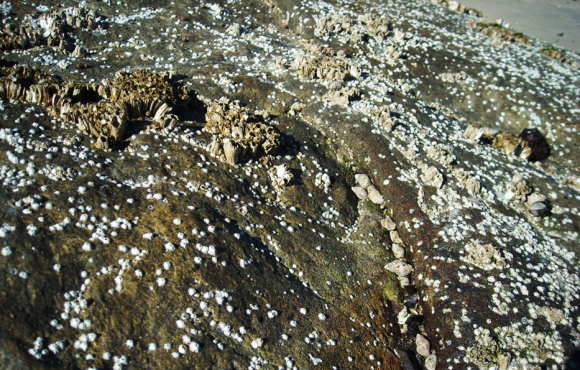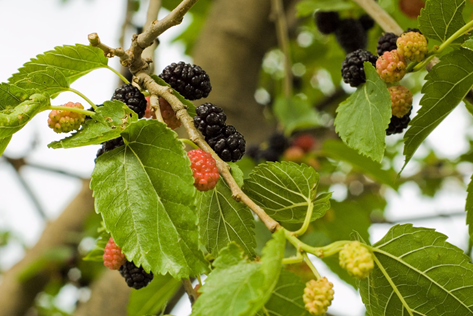15 April 2019 | By Casparus Crous
The leaf nitrogen dynamics of invading Black wattle (Acacia mearnsii) under conditions of varying water availability in fynbos riparian zones have not yet been examined. C·I·B student Casparus Crous (South African Environmental Observation Network), C·I·B Core Member Karen Esler and colleagues had a closer look at the nitrogen dynamics across fynbos riparian zones in the south-western Cape.

Non-legumes rely mainly on soil-available ammonium and nitrate, whereas legumes, such as Black wattle are capable of fixing atmospheric nitrogen via microbial action, thereby adding nitrogen to the soil. By having this ability, legumes are expected to accumulate higher levels of nitrogen in their plant material (e.g. leaves, seeds, stalks) compared to non-nitrogen-fixers.
By comparing the nitrogen content of Black wattle leaves to that of two native, co-occurring, and non-leguminous tree species, Wild Almond (Brabejum stellatifolium) and Cape Lance-leaf (Metrosideros angustifolia), Crous and colleagues found that the invasive legume was functionally different from both of the native species. The invasive species had far more leaf nitrogen.
Another factor that influences the nitrogen dynamics in landscapes is water availability. Indeed, the authors found that more water-stressed plants had lower leaf nitrogen, meaning lower riparian water availability limited the nitrogen source and uptake by Black wattle, and vice versa.
“This finding shows that patch-scale water availability, or site hydrology, is important to Black wattle form and function, potentially affecting nitrogen pollution estimates locally and downstream,” said Casparus Crous. “From a practical standpoint, dense Black wattle stands in wetter riparian zones are predicted to deposit more nitrogen into the soil and stream, and should be prioritised for clearing if lowering nitrogen pollution in freshwater ecosystems was the most critical goal.”
Read the paper
Crous CJ, Drake DC, Jacobsen AL, Pratt RB, Jacobs SM & Esler KJ (2019) Foliar nitrogen dynamics of an invasive legume compared to native non-legumes in fynbos riparian zones varying in water availability. Water SA 45(1):103-109. https://doi.org/10.4314/wsa.v45i1.12
For more information, contact Casparus at cjcrous@gmail.com



